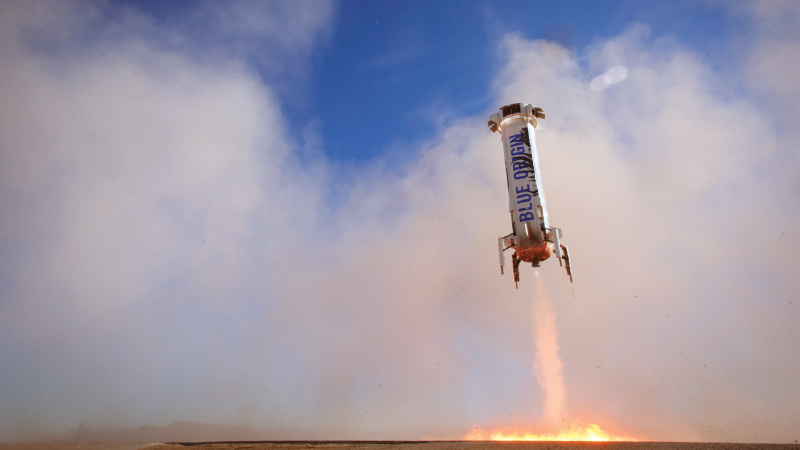Stay Up to Date
Submit your email address to receive the latest industry and Aerospace America news.
As a magazine editor, I’ve never been more eager to chronicle and explore the future than I am now.
One reason is the 2016 work described in this special issue, from development of clean aircraft technologies to efforts by Blue Origin and SpaceX to master rocket reusability.
Tenacity is the word that comes to mind when I review the articles in this issue. Last year, when we produced the year-end issue, Blue Origin had not yet reused its New Shepard rocket and SpaceX was 0 for 2 on attempts to land a Falcon 9 first stage. Now, Blue Origin has proved it can fly its New Shepard booster again and again, and SpaceX has landed a Falcon 9 first stage on land and at sea on a drone ship. 2017 promises even greater advances.
There’s another reason for eagerness. Aerospace America stands ready to explore the big changes promised by the incoming administration of President-elect Donald Trump. We’ll examine those changes as they relate to your work and the aerospace community. We’ll do that in the same manner we always do: by putting aside assumptions and exploring issues in a no-nonsense, in-depth way, always with an eye toward technology and science.
We’ll want to see how the new administration treats funding for the satellites and aircraft that gather climate data. We’ll look at related issues, such as the potential for global regulation of greenhouse gas emissions by satellites, and whether an approach like that can succeed without the U.S.
We’ll want to learn whether a Trump administration, and a Republican-controlled Congress, can clear the way for solutions to tracking airliners, and whether expenditures on clean aviation and supersonic transport will continue. The Trump campaign gave some clues in our “10 questions for the candidates” article in May. The campaign said the impact of aviation on climate change is “minimal” and that resources must always “advance and protect” U.S. interests. On supersonics, Trump said:
“The free market will determine if supersonic air transport is feasible.”
In the space realm, much of what NASA does right now centers on the vision of getting human explorers to Mars in the 2030s, and honing skills at an asteroid that would be dragged within reach of astronauts. That idea will have to compete for resources against a proposal favored on Capitol Hill to robotically explore Jupiter’s moon Europa, which could harbor life of some kind under its ice.
We don’t know whether a Trump administration will share the excitement for Mars and Europa. In the “10 Questions” article, the Trump campaign said human exploration depends on the country’s “economic state.”
We’re ready to work tenaciously on these and many other topics. ★
About Ben Iannotta
As editor-in-chief from 2013 to March 2025, Ben kept the magazine and its news coverage on the cutting edge of journalism. He began working for the magazine in the 1990s as a freelance contributor. He was editor of C4ISR Journal and has written for Air & Space Smithsonian, New Scientist, Popular Mechanics, Reuters and Space News.
Stay Up to Date
Submit your email address to receive the latest industry and Aerospace America news.




